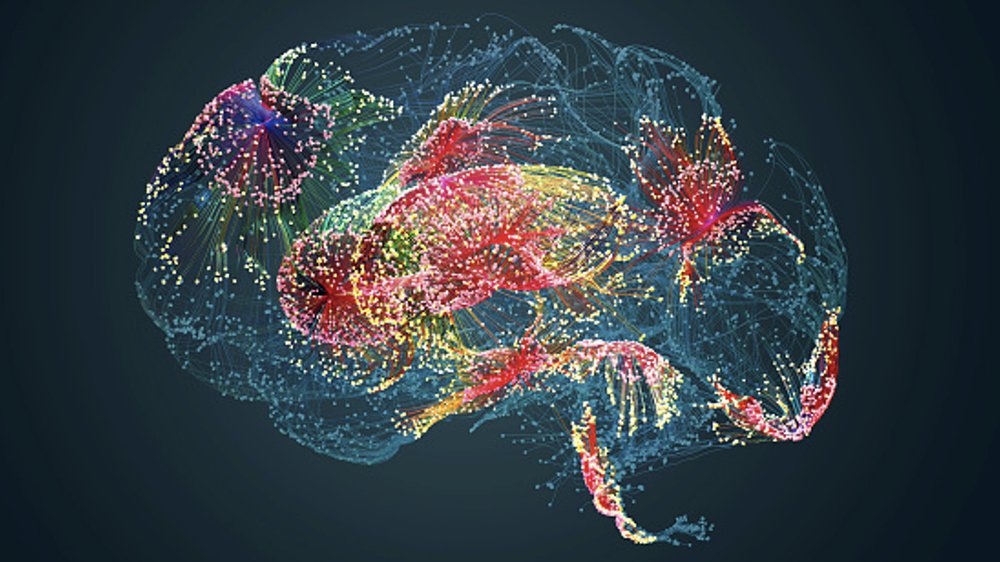America’s K-12 students are in a precarious position. While fallout from the pandemic and other societal trends have contributed enormously to increased anxiety, depression and stress among students, establishing a widely acknowledged crisis. – resources to address this dangerous trend have fractured at the worst possible time, as schools face, teacher burnout, staffing shortages and a hybrid learning divide that often feels more like a cavernous gulf. It’s a frightening situation, but some schools are finding ways to fight back with help from technology.
A new report from the CDC illustrates just how deep the mental health crisis runs, finding that nearly three in five U.S. teen girls felt persistently sad or hopeless in 2021 – an increase of nearly 60 percent and the highest observed level over the last decade. The CDC also reports that suicide is the second leading cause of death among adolescents in the country. Among U.S. high school students, nearly one in three had seriously considered attempting suicide – also an increase of nearly 60 percent from a decade ago. A growing consensus of educators has already acknowledged for years that these trends are an urgent priority.
However, as many in the education space will be quick to note, it’s one thing to be able to identify this crisis and quite another to find a realistic way to address it, given serious limitations being faced by most schools. In a recent study by EAB, a consulting firm specializing in education institutions, a survey of superintendents found that while 92 percent of superintendents acknowledge that the mental health crisis is getting worse, 79 percent say they don’t have the staff to give these kids the attention they desperately need and 63 percent say they lack the budget to properly address the issue.
This may seem like an impossible wall that schools nationwide have been charged with scaling, but there are newly developing solutions that have proven promising. Recent technological advances, specifically on the classroom management and wellbeing software front, have made notable inroads into the mental health crisis by providing educators and district staff with tools that fill the gap in addressing mental health concerns without requiring the extra staff or the major budget impacts that have had superintendents’ hands tied on the matter thus far.
Modern solutions have been further necessitated by the variety of “digital divides” currently faced by schools. Not only is there the in-person and remote learning split caused by the rise of hybrid learning, but even classrooms full of in-person learners have been inundated with a deluge of devices – iPads, Chromebooks, etc. - that have become the norm at many schools. When a classroom of 30-plus students is let loose on the Internet all at once, a lone teacher walking the aisles has little chance of catching everything they might get up to – nor all the warning signs contained within.
This is where software has proven effective. By using automatic monitoring tools to scan for harmful keywords being typed on student devices – words having to do with bullying, self-harm, weapons or other warning signs – potential threats to student wellbeing can be flagged and instantly raised for teacher and administrator review. This helps educators to intervene early and provide support to students who may be at risk.
By combining this layer of digital protection with a properly integrated toolbox for recording “offline” events – such as a student coming in with bruises, or even other troubling signs such as not wearing a jacket on a freezing winter day – staff have a holistic, full-picture view of each student’s physical and mental wellbeing that can be accessed at a glance.
Having this information streamlined and easily accessible gives educators an opportunity to act proactively and quickly. Once the system either automatically raises an alert, or a teacher comes to a realization when reviewing the offline information against automatically identified anomalies, the matter can be escalated as necessary, with teachers and employees going hands-on to bring in whatever resources necessary to resolve the problem, be it the student’s parents, school counselors or, in a truly dangerous situation, the authorities.
No matter the form it takes, striving for this level of integrated, dedicated approach to student wellbeing is critical. Having a full view of students and minimizing any blind spots for threats to wellbeing buys teachers and administrators precious time to communicate and coordinate necessary responses to any imminent threats. The mental health crisis is presenting a massive challenge to today’s schools, but it’s one that can't wait for budget reform or government support – it's incumbent on school leaders to chip away at the crisis however they can, ideally with the best tools and technological know-how they can bring to bear.
About the author

For over 15 years, Justin Reilly has been leading EdTech businesses to success. He is a former teacher, having spent his career supporting children in challenging circumstances, from teaching in schools in inner-city London to leading a high-growth EdTech Company in sub-Saharan Africa, focusing on delivering education digitally to the poorest countries in the world. In addition to his teaching experience, Reilly is an experienced mathematician and business adviser. He is known for raising large amounts of investment capital in short periods of time and growing companies into international corporations. He currently serves as CEO of Impero Software, a global leader in remote access and student safety software. At Impero, Reilly has led the team to build technology that is cloud-native, device-agnostic, and truly scalable.










